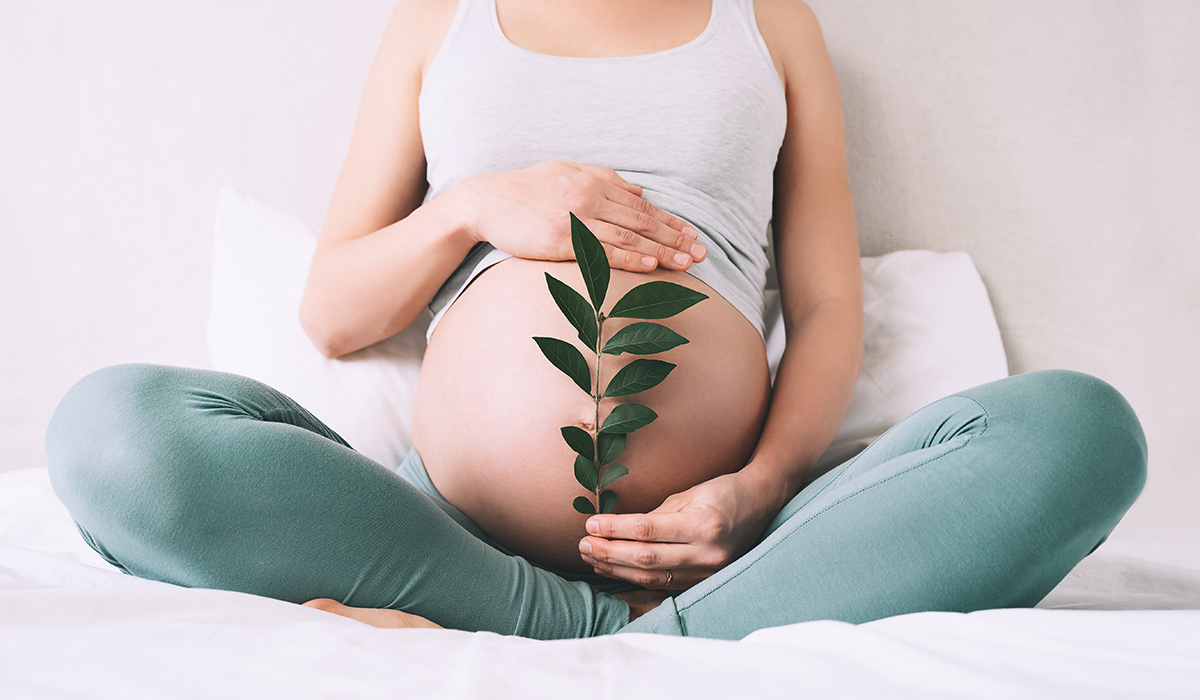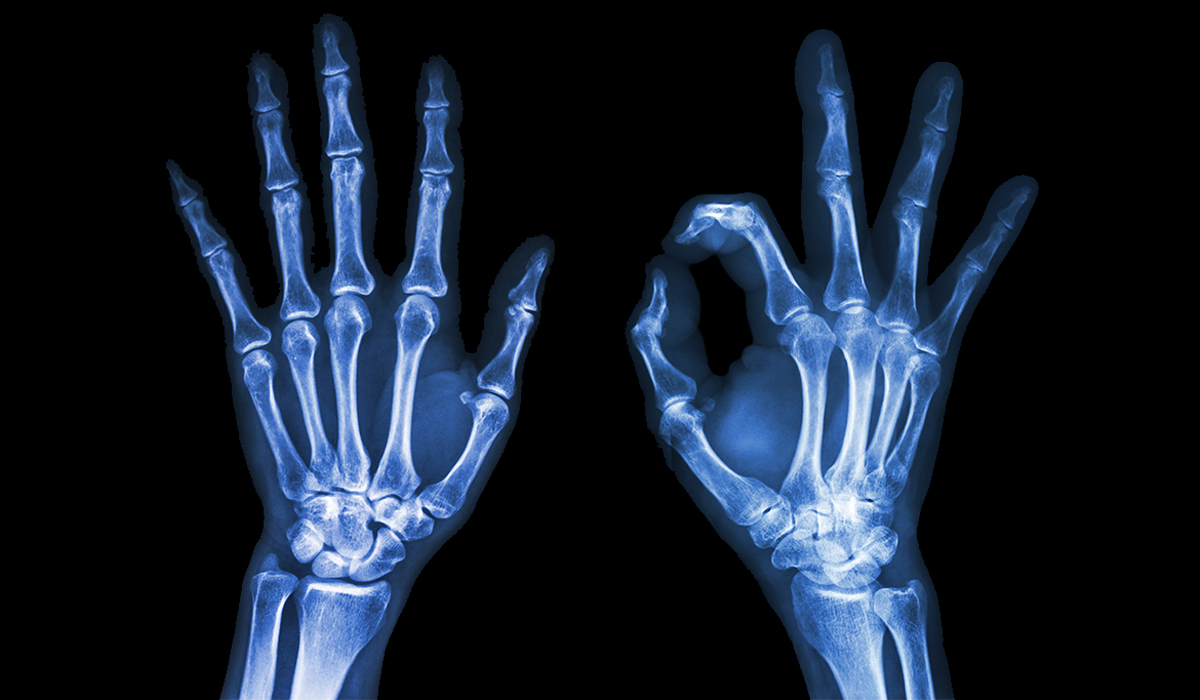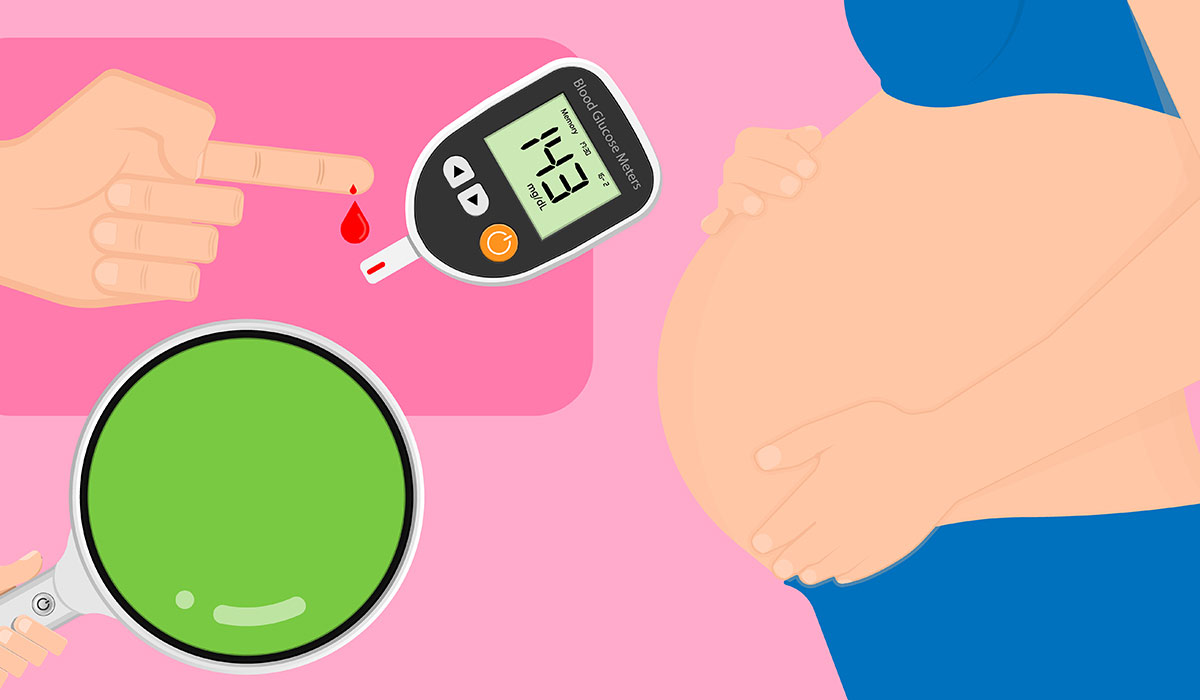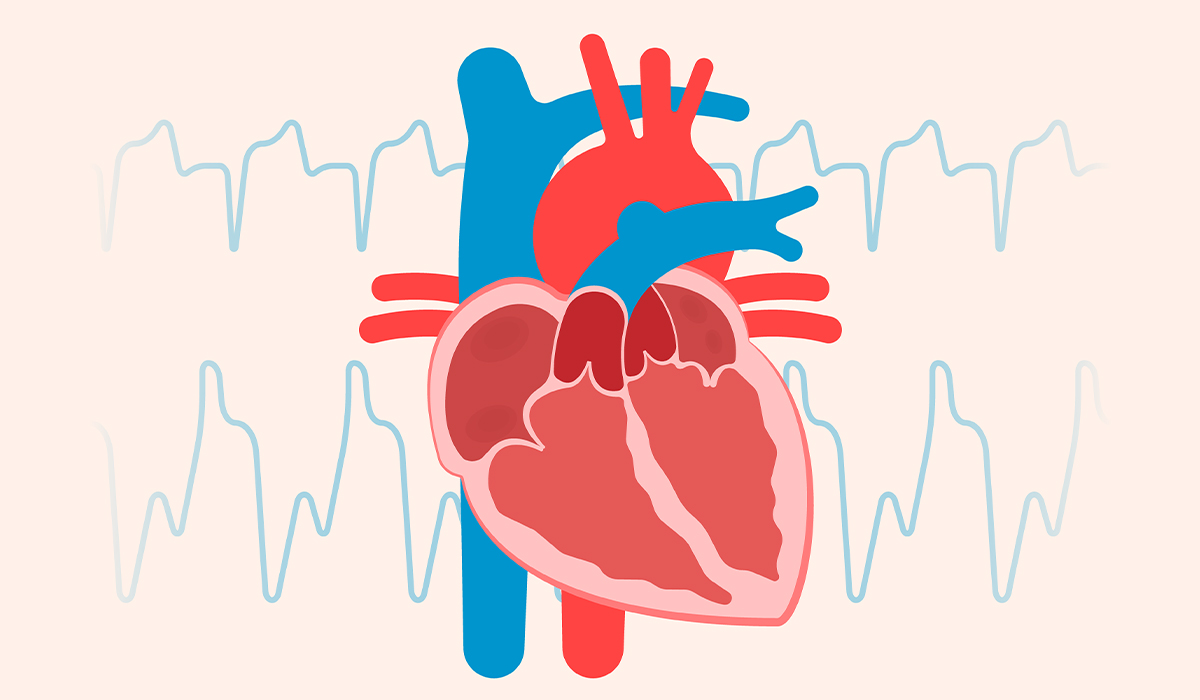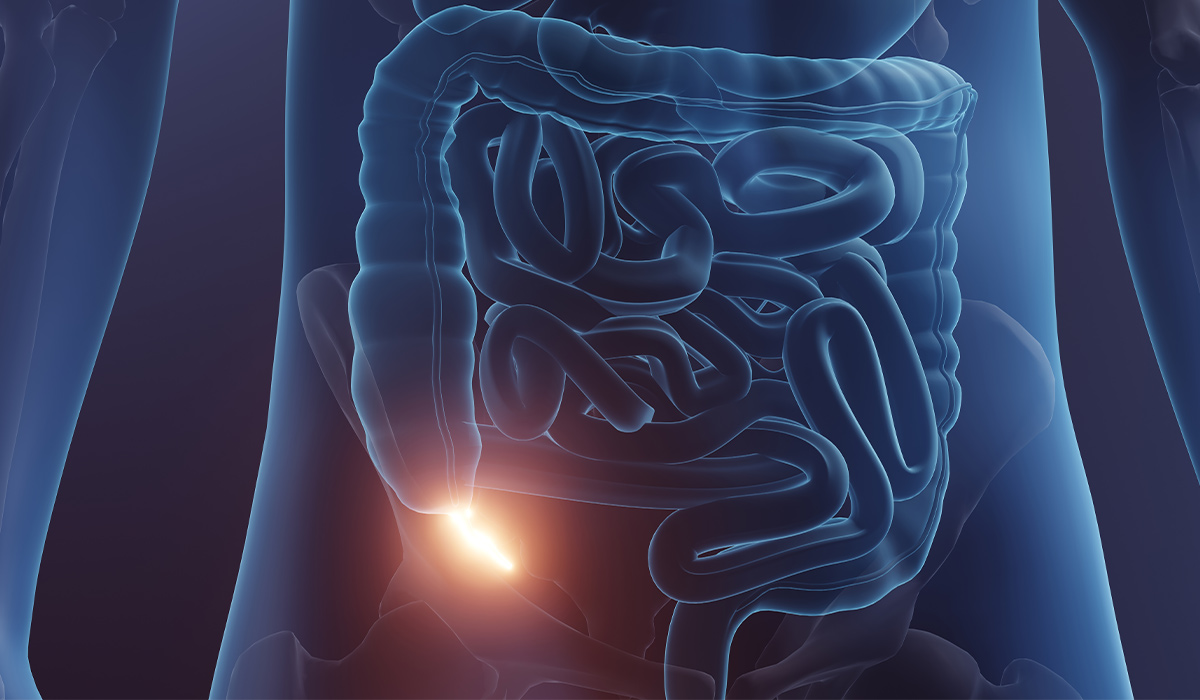The second stage starts right after the first one and ends with the delivery of a child. During the third stage, the placenta detaches itself from the uterine wall and is delivered through the birth canal. Those stages describe the most common type of birth, which is vaginal delivery. Other types of birth include: C-section (caesarian birth), VBAC (vaginal birth after caesarian) and assisted vaginal birth.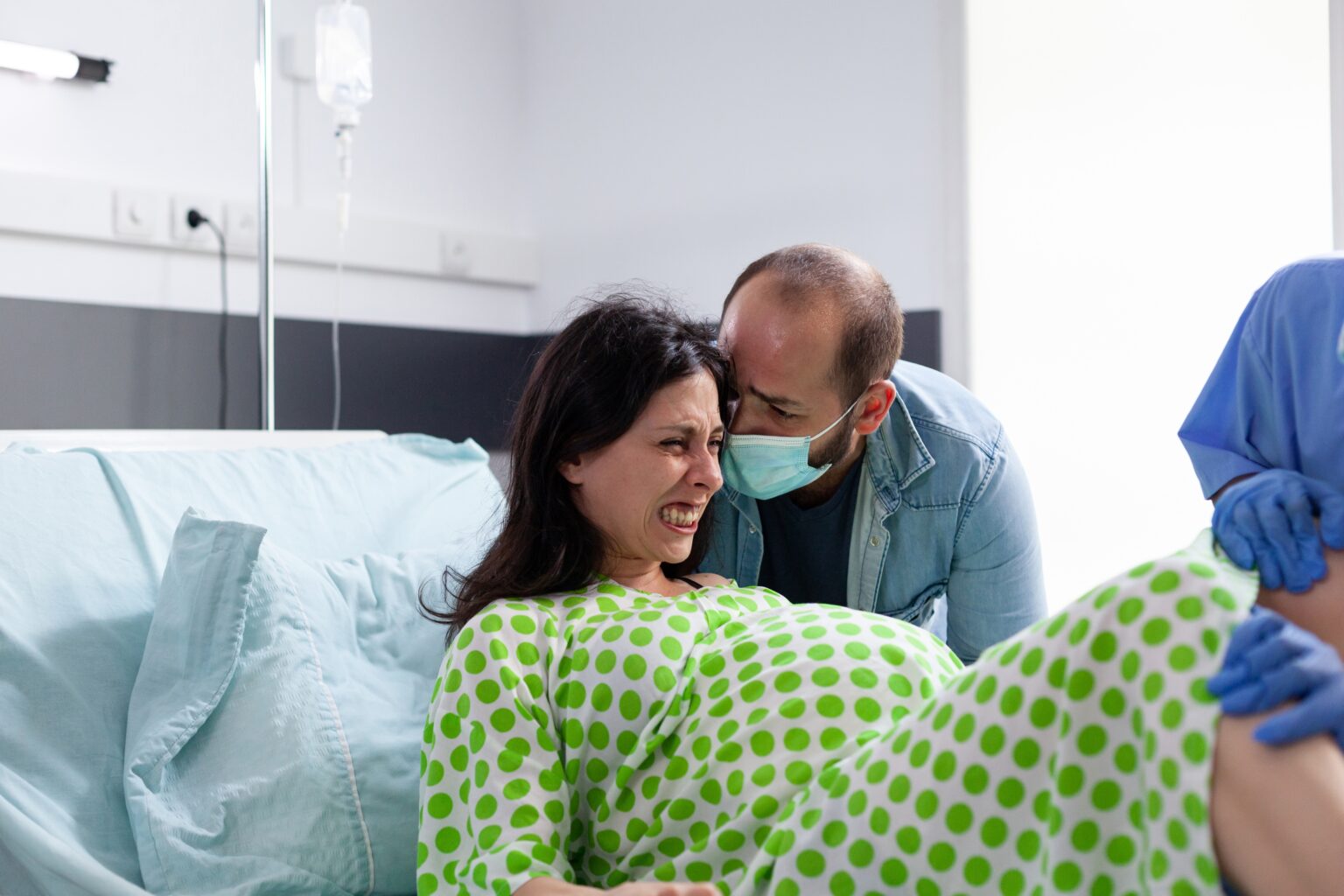
Signs of Upcoming Labor
As you get closer to your due date, you may experience some physical signs suggesting your body is preparing to give birth. These usually come weeks before childbirth. Most of them are only visible in obstetric examination, but some can be spotted by the naked eye or even felt by you. Those signs include:
- Belly lowering- Three to four weeks before childbirth, your pregnant belly drops a few centimeters as the uppermost part of your uterus, called the fundus, lowers itself when your baby descends into your pelvis.
- Frequent peeing – As your child gets into position to exit, it takes up space in your pelvis that is usually occupied by your bladder, so you may need to pee more often during that time.
- Easier breathing – The good news is that as the little one moves away from your lungs, you have more room to breathe, so you may notice that breathing becomes a bit easier.
- A few weeks before you deliver, your uterine cervix is starting to mature in preparation for labor; it becomes more soft and shortens itself. This can be noticed during your obstetric examination.
- Braxton-Higgs contractions – Days before childbirth, you may experience irregular contractions called false labor or Braxton-Higgs contractions. It may be difficult to tell if what you feel is false labor or actual childbirth contractions. When they start, stay calm, take a deep breath, and start timing them. True childbirth contractions are regular, last about 30 – 70 seconds, get stronger over time, and don’t stop as you change position. Braxton-Higgs contractions are irregular, their strength varies, and they can be painful but may stop when you move around.
- Mucus plug coming out – Sudden pink or bloody vaginal discharge is called a bloody show and is caused by the release of a mucus plug that blocks the opening of your cervix during pregnancy. It can happen days before or even right before childbirth.
- Diarrhea – in preparation for upcoming effort, muscles of your womb relax a bit, but so are other muscles, such as those of your rectum, leading to prelabour diarrhea.
- Nesting instinct – as your baby’s birthday nears, you can experience the urge to organize space around you in preparation for your newborn child.
- In the last weeks of pregnancy, your weight gain stops, and you may even lose a few pounds. Don’t worry. Your child is still gaining. Those lost pounds result from dropping amniotic fluid levels.
Vaginal Birth
In a vaginal birth, a child is delivered through a muscular canal connecting the uterus to the outside world called the birth canal. Its duration varies from 14 to 21 hours if it’s your first childbirth or about 7 to 14 hours for the next one.
There are numerous advantagesof a successful vaginal birth, such as decreased hospital stay time compared to other types of delivery, quicker physical recovery, higher chance of successful breastfeeding initiation, improved baby’s hormonal functions, better immunity, temperature regulation, and an increase in exploratory behaviors. This type of delivery can be divided into three stages.
The First Stage of Labor
This is the longest part of childbirth. It takes 8-18 hoursfor women who are giving birth for the first time and about half that time for any subsequent childbirth. During this stage, a pregnant woman experiences regular, moderately painful contractions in about 5-7 minute intervals. Those contractions are your uterus trying to push the baby out of your body.
The fetal presenting part (part of your child’s body that will be born first) pushes against your uterine cervix, shortening and dilating it. It starts slowly and is called a latent phase of the first stage of labor. Then, after reaching a dilation of about 5 cm, the active phase begins, and progress accelerates until full dilation of about 10cm. The first stage of childbirth ends here, and your child is starting to emerge.
The Second Stage of Labor
The second stage of childbirth starts with a full 10 cm dilation and ends with the delivery of a newborn child. If it’s your first child, this part may take up to 3 hours but usually takes about 60 minutes; this time shortens to about 30 minutes for women who had previously given birth.
Contractions will continue throughout this stage. You may push alongside them using your abdominal muscles. In the past, doctors believed that women should start pushing as soon as the uterine cervix achieves full dilation, but nowadays,evidence suggeststhat it should be delayed until a woman feels the urge to push as it is associated with a better overall state of a newborn. The best approach to pushing is to do what feels natural for you, as there is no universal method.
Your doctor may advise you to avoid pushing and holding your breath for an arbitrary number of seconds as prolonged breath-holding may negatively influence blood flow in your placenta, thus giving less oxygen to your baby.
Your baby will most commonly be positioned head first and rotated 90 degrees relative to you. As the second stage starts, your child’s head will slowly descend to your pelvis, and after going through its most narrow point, the baby will rotate to most commonly face your back. Then, the head will be born. Your baby will bend its neck backward and rotate again, now facing one of your thighs, making it easier for its shoulders to be born.
After both shoulders are out, the hard part is done. The rest of the baby will most likely come out within the following few contractions. You should be able to hold your baby immediately. However, that may vary depending on the hospital’s procedure. You may also feed the baby as soon as you want, ideally within the first hour of its life.
The Third Stage of Labor
It’s the quickest stage of childbirth. Within 5 to 30 minutes after your child is born, the placenta should detach itself from the uterine wall and come out of the birth canal the same way the baby was delivered.
You may deliver the placenta by yourself or be given an injection of a hormone that contracts your womb and helps you with placenta delivery. You should talk to your midwife about both options before labor and choose the option that suits you best. The option that does not include injection is called physiological management; the other option is called active management.
If you decide to go with physiological management and the placenta won’t detach itself within 30 minutes, you’ll be advised to switch to active management as waiting too long increases the chances of bleeding. Active management makes the third stage of childbirth quicker and decreases the risk of heavy bleeding. Still, it is associated with some side effectslike nausea, vomiting, increased afterbirth pains, blurred vision, cardiac arrhythmias, seizures, confusion, and hallucinations.
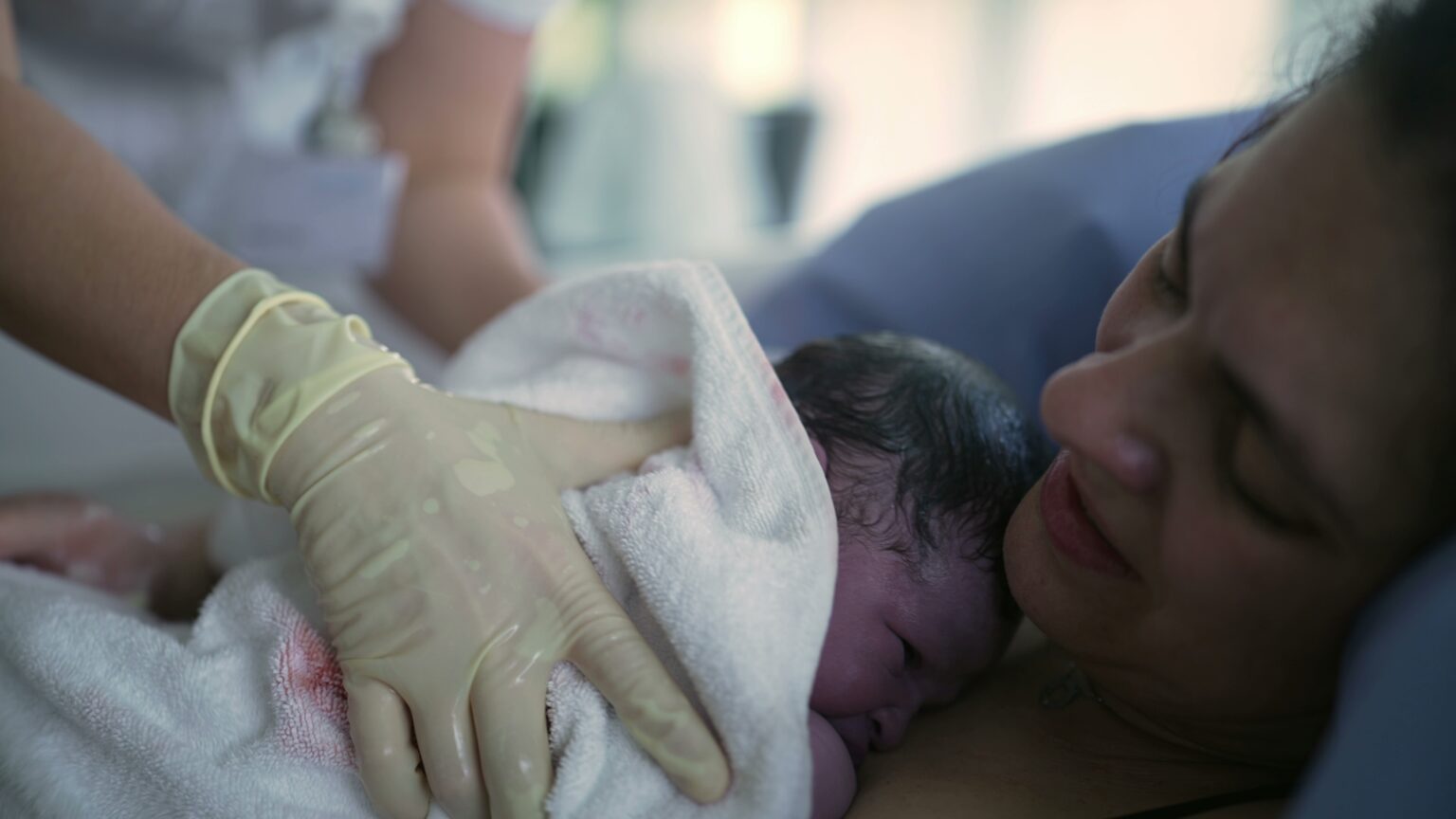
C-section
The caesarian section is a method of delivery that completely bypasses the natural birth canal. Baby is instead delivered through an incision in your abdomen and uterine wall. It is performed when a vaginal delivery would put the baby’s or mother’s health at risk. Examples of such situations include:
- Slow cervix dilation or slow descent of the fetus due to insufficient uterus contractions. In that case, you may be given a hormone shot to stimulate more forceful contractions, and if that fails, a C-section may be necessary.
- Gestational diabetes is a condition that develops in pregnancy when blood sugar is too high. It usually leads to your baby gaining more weight and being too big to deliver through vaginal birth, thus needing an alternative method of delivery.
- The unusual position of the baby – In most pregnancies, the baby will rotate in your womb so that its head comes into the birth canal first, making it easier for childbirth to progress. But sometimes babies rotate themselves incorrectly, making their feet, buttocks, or even one of their sides come first. In those situations, your baby may be at risk of becoming stuck when passing through your pelvis, so your obstetrician may advise a caesarian section.
- Multiple pregnancy is associated with a higher risk of complications such as incorrect baby position, gestational hypertension (high blood pressure), or fetal growth restriction (one or multiple babies not growing at a proper rate). If those conditions occur, it may be best for your babies to deliver them by C-section.
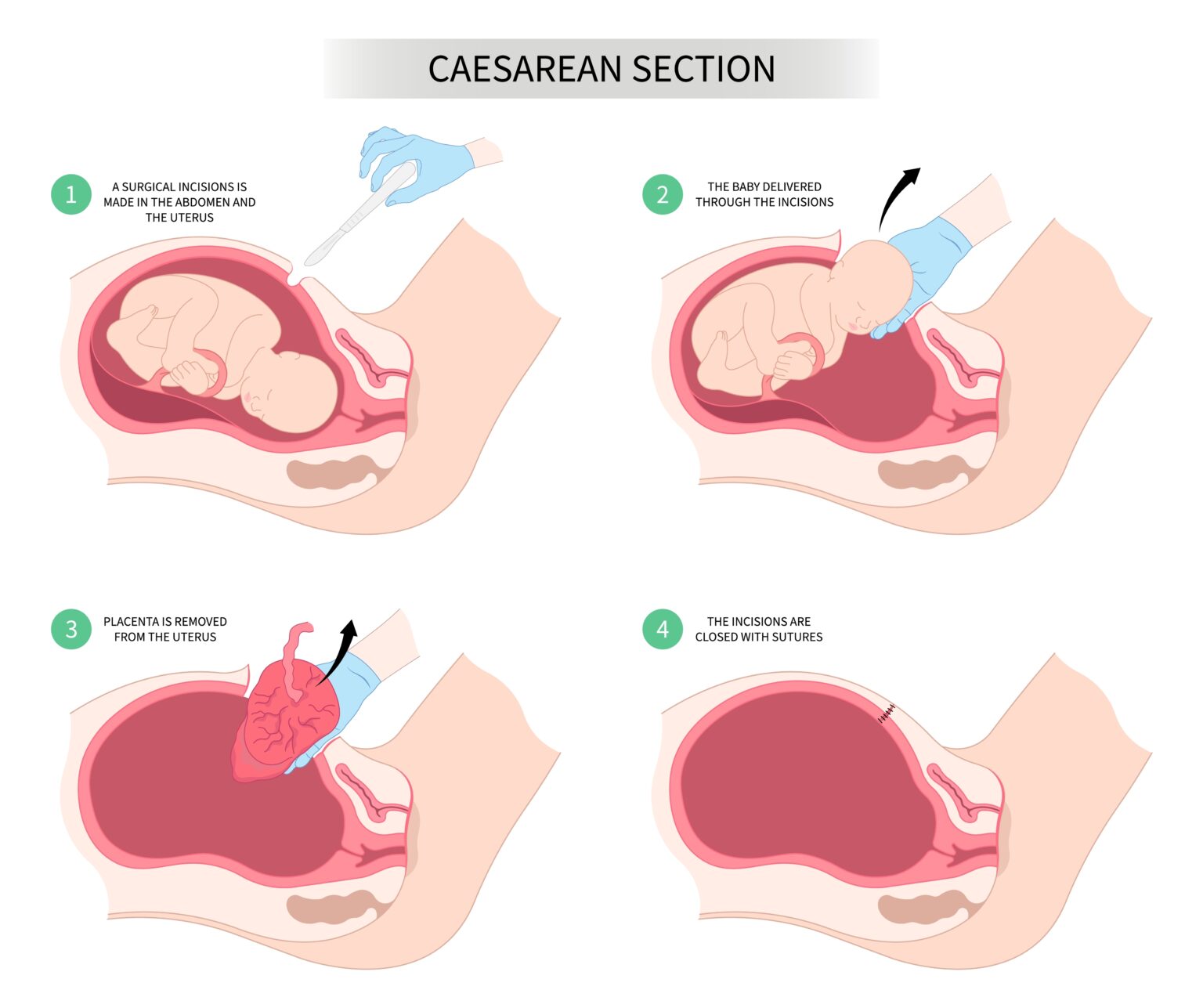
What Happens After Childbirth?
If this is your first pregnancy, you may be wondering what will happen to your body after giving birth. Here is a review of those changes from the first few hours to the few weeks after birth.
Afterpains
Immediately after giving birth, you will probably feel painful contractions called afterpains. They are a good thing as they keep you from bleeding too much by putting pressure on the blood vessels of your uterus. They may persist for a few days after delivery, especially during breastfeeding, because of the contraction-inducing hormone that is released when you feed your baby.
Bleeding
Up to 6 weeks after delivery, blood, mucus, and uterine tissues will flow out of your vagina. At first, this discharge will be bright red, resembling a heavy period. About 5 to 7 days after birth, they should change their color to brownish-red, later becoming dark-yellow or white as wounds in your birth canal gradually heal. If you are bleeding too much, feel dizzy, or experience pelvic pain and tenderness, contact your physician immediately, especially if you also have a fever.
Bladder Weakness
Childbirth can damage your pelvic floor muscles, limiting your ability to hold your pee. Roughly one in threewomen experience urinary incontinence three months after pregnancy. In the first few days after delivery, ice the perineal area and get plenty of rest to help them recover. Wear sanitary pads and keep the area clean to avoid infections during that time. You may also perform pelvic floor exercises to strengthen your muscles and help them recover quicker.
Hemorrhoids
Pain and swelling around your anus are symptoms of hemorrhoids, an occasional complication of childbirth. To ease the pain they cause, use a hemorrhoid cream or wipe the area with pads soaked in numbing agents. Soaking your anus in warm water for 15 minutes should also help.
Sources
- National Library of Medicine (NIH) Ninad M. Desai; Alexander Tsukerman. Vaginal Delivery (2023)
https://www.ncbi.nlm.nih.gov/books/NBK559197/ - National Health Service (NHS) The stages of labour and birth (2023)
https://www.nhs.uk/pregnancy/labour-and-birth/what-happens/the-stages-of-labour-and-birth/ - Simpson KR, James DC. Effects of immediate versus delayed pushing during second-stage labor on fetal well-being: a randomized clinical trial. Nurs Res. 2005 May-Jun;54(3):149-57. doi: 10.1097/00006199-200505000-00002. PMID: 15897790.
https://pubmed.ncbi.nlm.nih.gov/15897790/ - Simpson KR. When and how to push: providing the most current information about second-stage labor to women during childbirth education. J Perinat Educ. 2006 Fall;15(4):6-9. doi: 10.1624/105812406X151367. PMID: 17768429; PMCID: PMC1804305.
https://www.ncbi.nlm.nih.gov/pmc/articles/PMC1804305/ - Pereda-Goikoetxea B, Huitzi-Egilegor JX, Zubeldia-Etxeberria J, Uranga-Iturrioz MJ, Elorza-Puyadena MI. Hospital Childbirth: Perspectives of Women and Professionals for a Positive Experience-A Qualitative Study. Int J Environ Res Public Health. 2021 Sep 29;18(19):10238. doi: 10.3390/ijerph181910238. PMID: 34639543; PMCID: PMC8507606.
https://www.ncbi.nlm.nih.gov/pmc/articles/PMC8507606/

